Earth-type planet found in an ultra-cool dwarf star
IAA-CSIC researchers participate in the discovery of one of the few known planetary systems in this type of stars
The results, published today in Nature Astronomy, have been contributed by the Sierra Nevada and Calar Alto observatories
Within the SPECULOOS project, led by the University of Liège with a strong participation of members of the IAA-CSIC, an exo-Earth, a planet similar in size to the Earth, has been discovered orbiting an ultra-cool dwarf star. This type of star, similar in size to Jupiter, is up to ten times less massive and a thousand times less luminous than our Sun. "Due to their low luminosity, their life expectancy is a hundred times longer than that of our star, and they will be the last stars to shine when the universe becomes cold and dark," explains Fran Pozuelos, head of the IAA-CSIC participation in the SPECULOOS consortium, and one of the co-authors of the paper published today in Nature Astronomy.
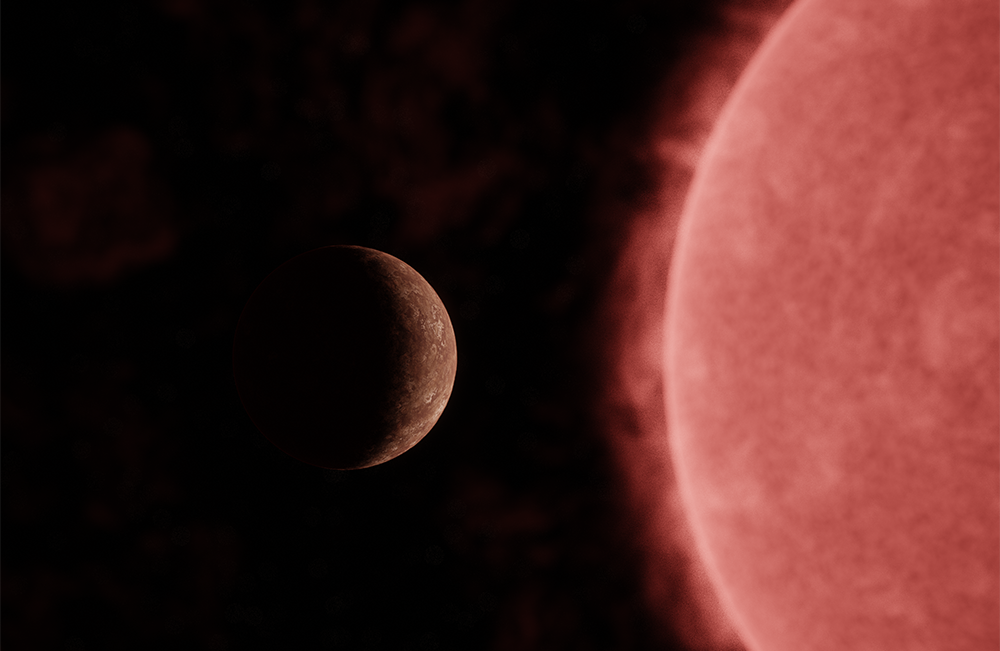
Artistic recreation of the SPECULOOS 3b system. Credit: Lionel García (Center for Computational Astrophysics, Flatiron Institute, New York, NY, USA)
Although they are the most common stars in the universe, they are still poorly understood, especially in terms of their planetary population, despite the fact that this represents a significant fraction of the number of planets in our galaxy. "In fact, it is one of the few planetary systems discovered around this type of star to date," Pozuelos stresses.
THE DARK SIDE OF SPECULOOS-3b
The newly discovered exo-Earth, called SPECULOOS-3b, is located approximately 55 light-years away and is about the same size as Earth. Its orbit around its star has a period of about 17 hours, and it is believed to rotate synchronously, i.e., always showing one side to its parent star, while the other remains in perpetual darkness.
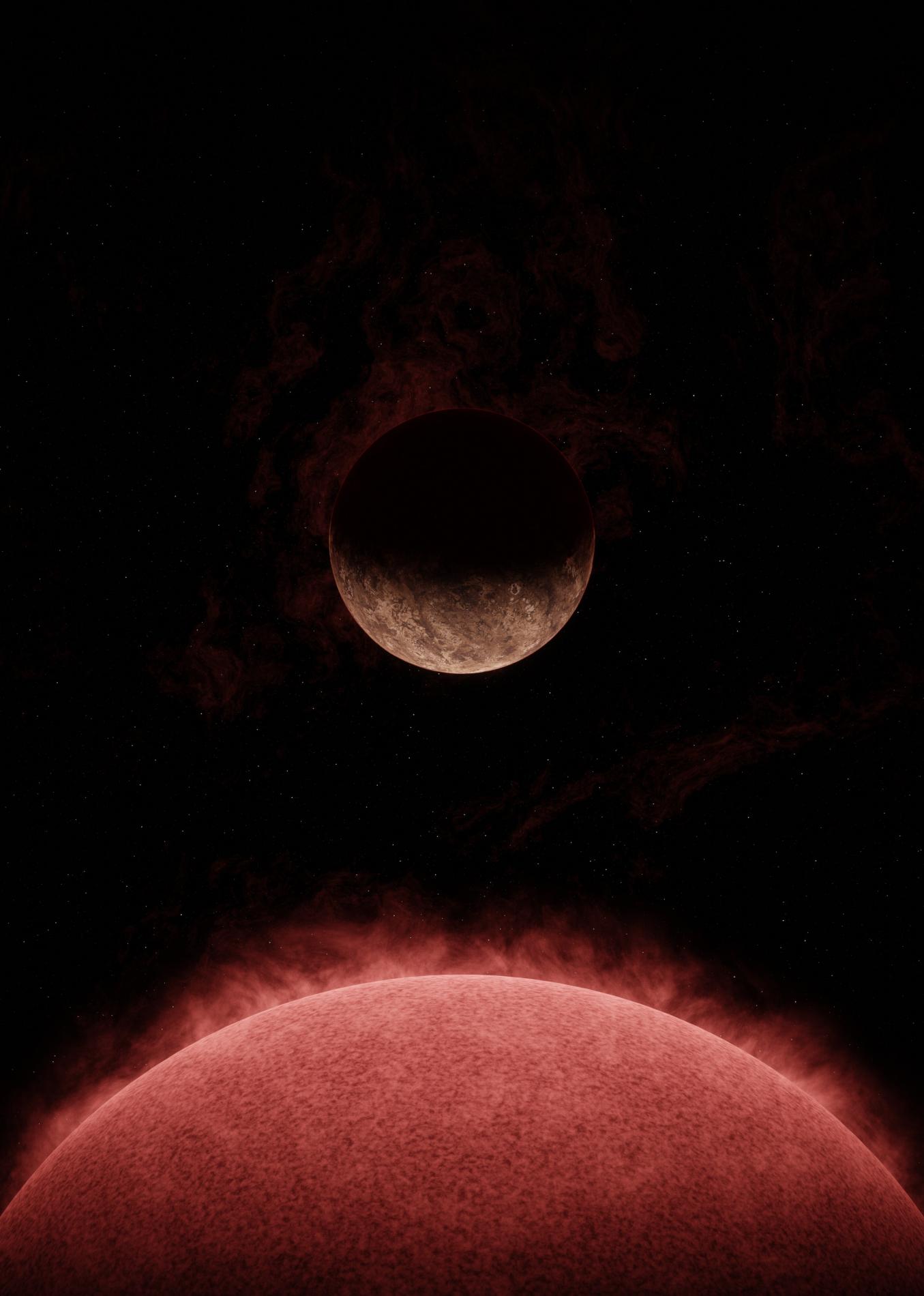
Artistic recreation of the SPECULOOS 3b system. Crédito: Lionel García (Center for Computational Astrophysics, Flatiron Institute, New York, NY, USA)
Specifically, the detected exo-Earth orbits the star SPECULOOS-3, which has an average temperature of 2600°C, twice as cold as our Sun. Because of its proximity to the star, the planet receives almost sixteen times more energy per second than the Earth receives from the Sun. "This, together with the constant bombardment of high-energy radiation, makes the presence of an atmosphere around the planet very unlikely," says Julien de Wit, professor at MIT and co-director of the SPECULOOS Northern Observatory and its Artemis telescope, co-developed by the University of Liège and MIT, and one of the main telescopes used in this discovery.
THE SPECULOOS PROJECT
The SPECULOOS project (acronym for Search for Planets EClipsing ULtra-cOOl Stars), led by astronomer Michaël Gillon of the University of Liège, has as its main objective the search for exoplanets around nearby ultra-cool dwarf stars. To do so, it employs a dedicated network of professional robotic telescopes that allow continuous observation of such stars for weeks at a time, in order to detect possible transiting planets. "We designed SPECULOOS specifically to detect planets in ultracool dwarf stars. - Gillon details- In 2017, our prototype discovered the famous TRAPPIST-1 planetary system, composed of seven Earth-sized planets, several of them potentially habitable. It was a great start." The SPECULOOS consortium is jointly managed by the Universities of Liège, Cambridge, Birmingham, Bern, MIT and ETH Zürich, and involves other scientific institutions, including the Instituto de Astrofísica de Andalucía (IAA-CSIC).
In addition to the telescopes belonging to the SPECULOOS network, the SPECULOOS-3 star was monitored by a number of other telescopes, including the 1.5-meter telescope of the Sierra Nevada Observatory (OSN), belonging to the IAA-CSIC. This telescope was used to make follow-up photometric observations to confirm the transit and its achromatic nature.
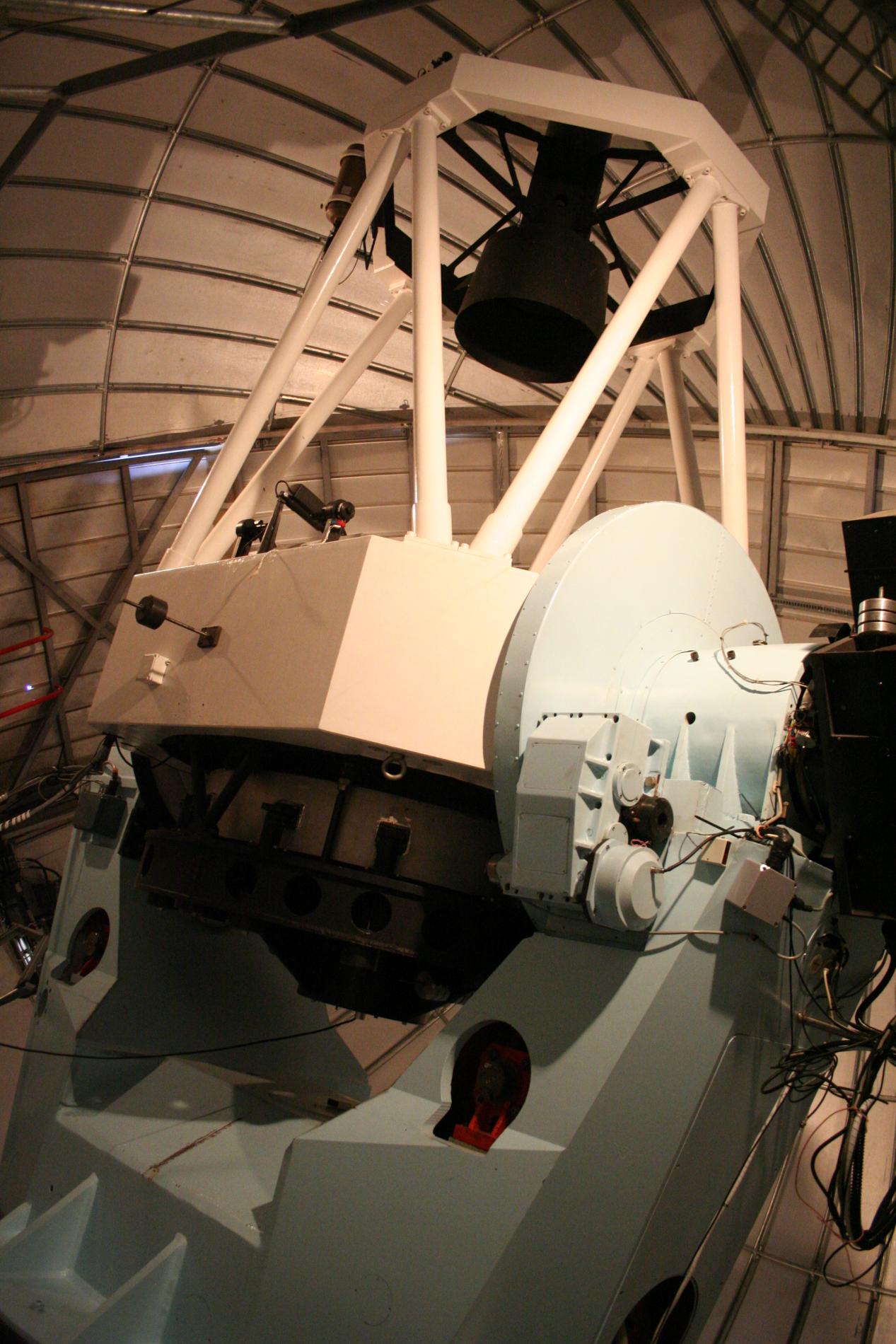
Sierra Nevada Observatory (OSN) 1.5-meter telescope. Credit: Juan Fernández
Especially relevant were the spectroscopic observations recorded with the CARMENES instrument, located at Calar Alto Observatory in Almeria (CAHA) and scientifically managed by the IAA-CSIC. "CARMENES is an instrument specifically designed for the detection of exo-Earths around cool stars using the radial velocity method. The precise observations of SPECULOOS-3 obtained with CARMENES were fundamental to confirm the planetary nature of the observed transit," says Pedro Amado, Co-PI of the CARMENES instrument.
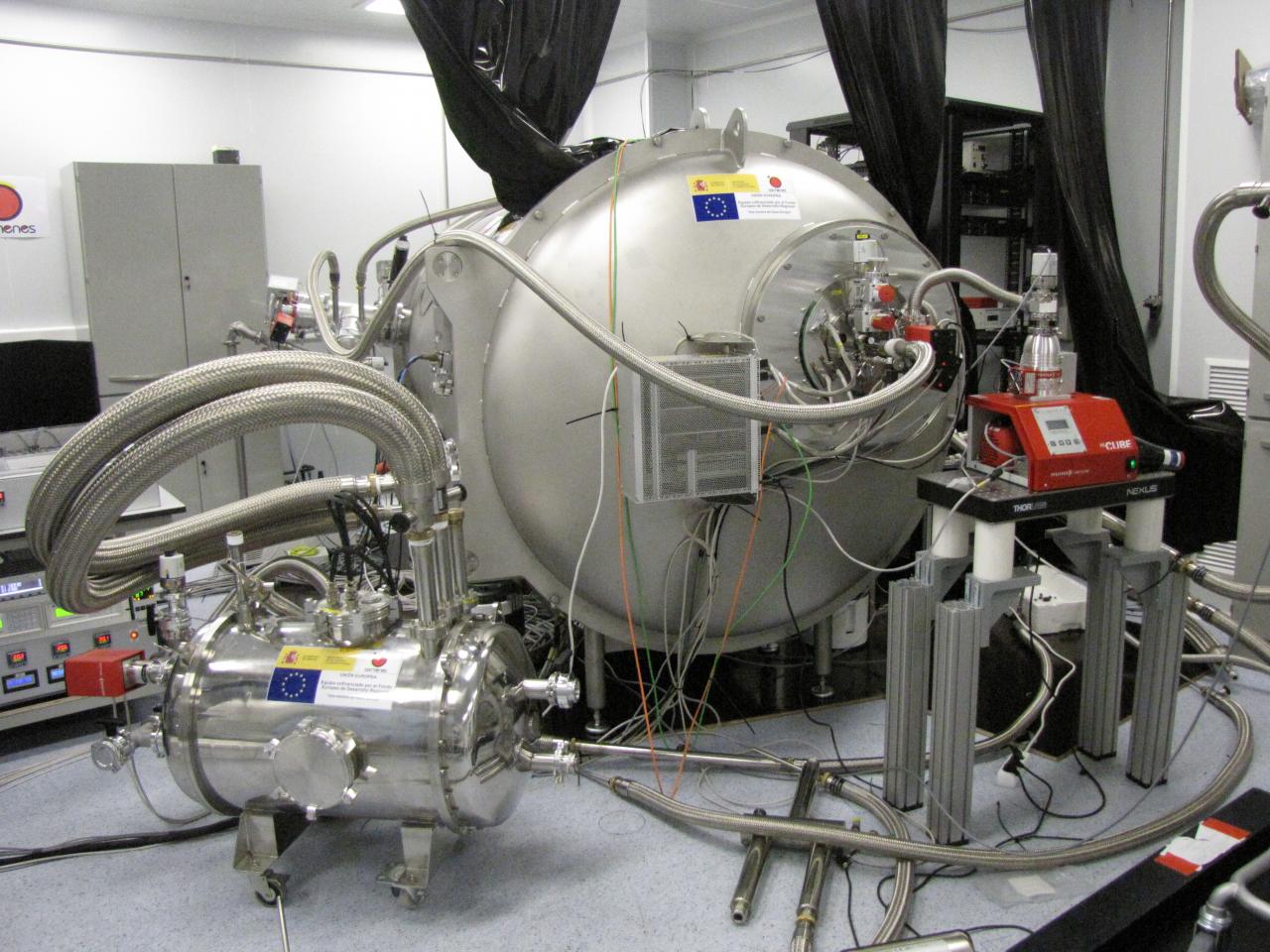
The CARMENES instrument, at Calar Alto Observatory in Almeria (CAHA)
NEXT STEPS
SPECULOOS-3b is an excellent candidate for future studies with the JWST, the space telescope launched in 2021 whose observations are transforming our understanding of the cosmos. "With JWST we could even study the composition of the planet's surface," states Elsa Ducrot, a researcher at the Paris Observatory and a participant in the discovery.
"This finding evidences the ability of SPECULOOS to detect Earth-like exoplanets, which serve as targets for future more detailed studies. And this is just the beginning. Soon, two new telescopes, Orion and Apolo, will join Artemis at the Teide Observatory in Tenerife as part of the SPECULOOS network, in order to accelerate the search for these fascinating planets," concludes Michaël Gillon, lead author of the paper.
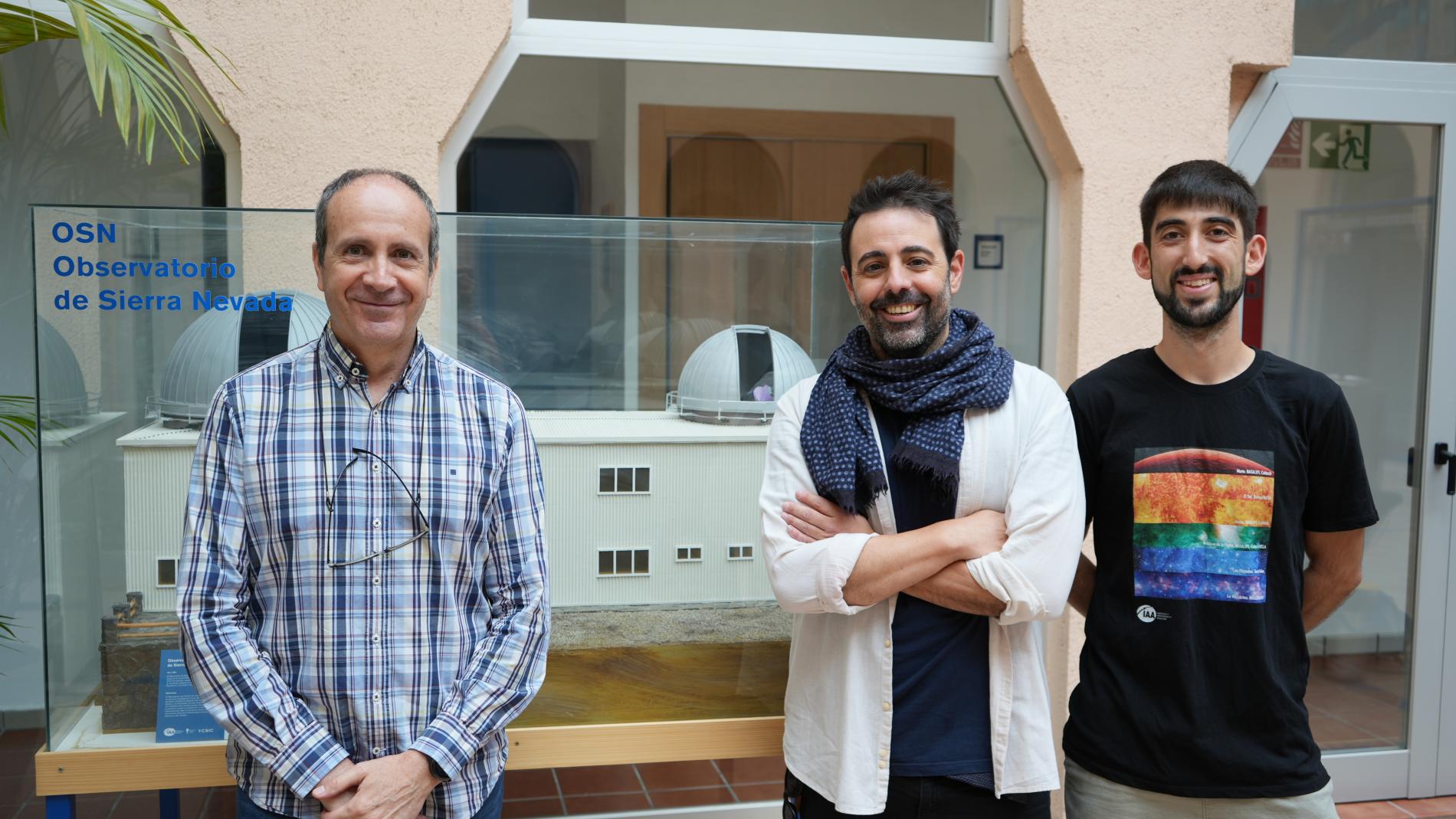
Group photos of three of the participating IAA-CSIC researchers. From left to right: Pedro Amado, Fran Pozuelos and Roberto Varas. Credit: Celia Navas (IAA-CSIC)
- An Earth-sized exoplanet ripe for emission spectroscopy with JWST in orbit around a nearby ultracool dwarf star
- DOI: 10.1038/s41550-024-02271-2.
- Francisco J. Pozuelos
- Instituto de Astrofísica de Andalucía (IAA-CSIC)
- Teléfono: 625264179
- pozuelos@iaa.es
- Instituto de Astrofísica de Andalucía (IAA-CSIC)
- Unidad de Divulgación y Comunicación
- Emilio J. García, garcia@iaa.es, 649 407 445
- Celia Navas, navas@iaa.es
- https://www.iaa.csic.es
- https://divulgacion.iaa.csic.es

